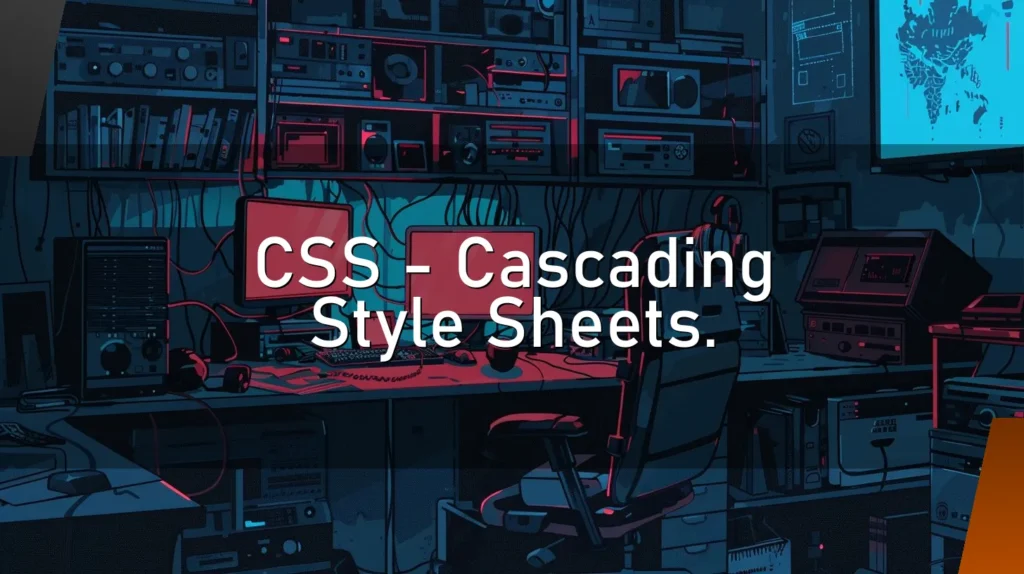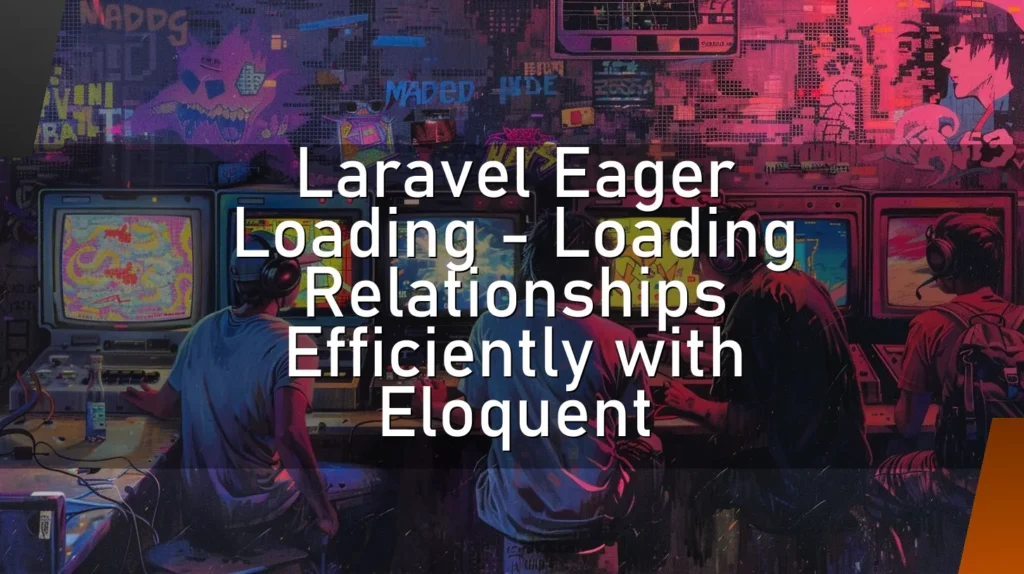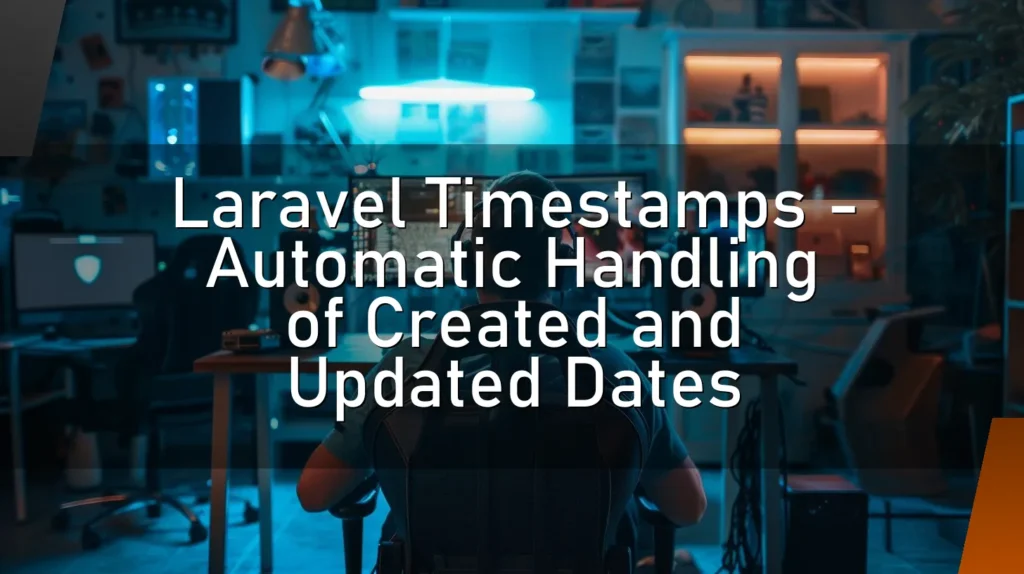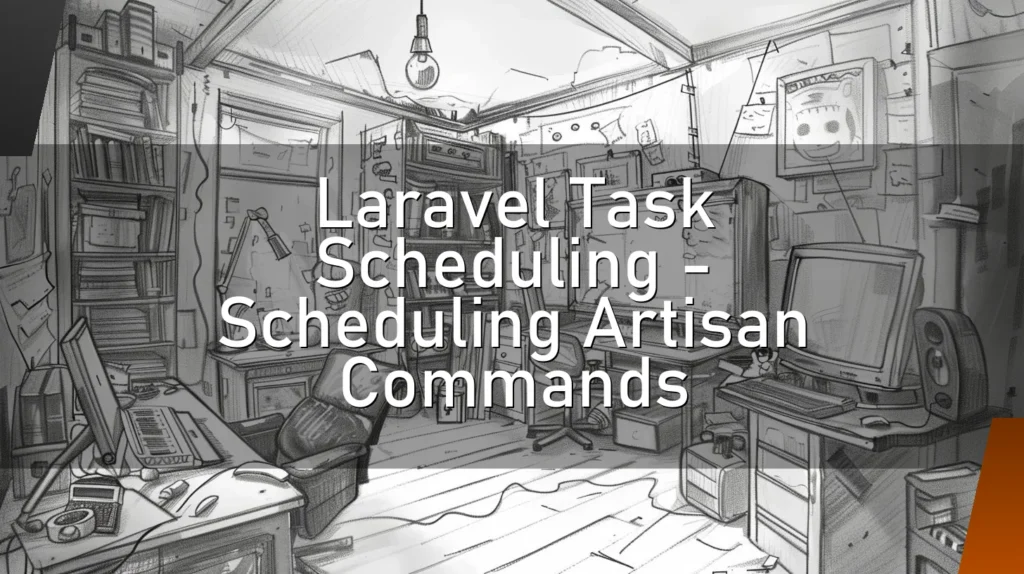CSS – Cascading Style Sheets
Introduction
Welcome to the technicolor world of CSS, where the dullest of web pages can transform into digital masterpieces! Whether you’re a coding novice or you’ve already earned your Nerd Badge in Web Development, CSS is an essential tool that adds the visual pizazz to HTML’s raw structure. But hold on to your keyboards, because we’re going to dive into this topic with a splash of humor and a touch of irreverence.
How a Nerd Would Describe CSS
"CSS is the stylesheet language that describes the presentation of an HTML (or XML) document. It specifies how HTML elements should be rendered on screen, on paper, in speech, or on other media. It’s like the icing on the cake, but for web pages." 🖥️🍰
This Chapter is for a Simple but Concrete Explanation
Alright, let’s cut the jargon. Imagine HTML as the skeleton of a website. It’s there, it’s functional, but it’s not exactly glamorous. Enter CSS, the fairy godmother of web development, waving its wand and saying, "Bibbidi-bobbidi-boo!" Suddenly, your plain HTML turns into a stylish, responsive, and altogether beautiful web page. 🎨✨
🔍 Details
Other Similar Words Which Nerds Use
- Stylesheet: The document containing CSS rules.
- Selectors: The part of CSS that targets HTML elements.
- Properties: Characteristics like color, font, margin, and padding.
- Values: The specific settings for properties, like
bluefor color.
👍 Correct Usage
CSS is used to:
- Change the color of text (
color: blue;). - Add background images (
background-image: url('image.jpg');). - Adjust spacing with margins and padding (
margin: 10px; padding: 5px;). - Make layouts responsive with media queries (
@media (max-width: 600px) {...}).
🛑 Wrong Usage
Avoid these pitfalls:
- Inline Styles: Embedding CSS directly within HTML tags (“). It gets messy fast! 🙈
- Overly Specific Selectors: Using too many specific selectors can make your CSS hard to maintain and override (
div > ul > li > a:hover). - Ignoring Browser Compatibility: Not all browsers interpret CSS the same way. Always test across different browsers.
➕ Advantages
- Separation of Concerns: HTML for structure, CSS for style. They don’t get in each other’s way.
- Reusability: Apply the same style to multiple pages with a single stylesheet.
- Improved Load Times: CSS can reduce the amount of code in your HTML, making it load faster.
- Flexibility and Control: Customize every nook and cranny of your web page’s appearance.
➖ Disadvantages
- Browser Compatibility Issues: What looks good on Chrome might look awful on Internet Explorer (if anyone is still using that).
- Complexity for Large Projects: Keeping track of styles in a huge project can be challenging.
- Overhead of Learning: CSS has a learning curve, especially when you get into CSS Grid or Flexbox.
⁉️ FAQ
Q: What’s the difference between CSS and HTML?
A: HTML is for structure, CSS is for style. Think of HTML as the blueprint of a house and CSS as the interior decorating.
Q: Can I use CSS for animations?
A: Absolutely! CSS can create smooth, fast-loading animations with the @keyframes rule.
Q: What are CSS frameworks?
A: These are pre-prepared libraries that make styling easier. Examples include Bootstrap and Foundation.
Q: What’s the deal with CSS preprocessors?
A: CSS preprocessors like Sass or LESS allow you to write CSS more efficiently with variables, nesting, and other nifty features.
Technical Jargon Galore: CSS Grid and Flexbox
If you’re ready to enter the world of advanced CSS, meet CSS Grid and Flexbox. These are layout models that revolutionize the way we design responsive web layouts. CSS Grid is the grandmaster of 2D layouts, allowing you to create complex grid-based designs with ease. Flexbox is your go-to for 1D layouts, making it a piece of 🍰 to align, justify, and distribute space among items within a container.
CSS Grid:
.container {
display: grid;
grid-template-columns: repeat(3, 1fr);
grid-gap: 10px;
}Flexbox:
.container {
display: flex;
justify-content: center;
align-items: center;
}Best Practices for Writing CSS
- Keep it DRY: Don’t Repeat Yourself. Use classes and IDs wisely to avoid redundancy.
- Comment Generously: Leave notes in your CSS to remind yourself why you styled things the way you did.
- Use a Naming Convention: BEM (Block Element Modifier) is a popular choice. It keeps your CSS modular and easier to read.
- Test Across Devices: Always test your styles on different devices and screen sizes to ensure a consistent user experience.
👌 Conclusion
CSS is the unsung hero of web development, turning bland HTML into eye-catching web pages. While it has its quirks and pitfalls, its advantages far outweigh the disadvantages. Whether you’re using basic selectors or diving into the advanced realms of CSS Grid and Flexbox, mastering CSS will give you the power to create stunning websites.
So go ahead, grab your magic wand (or keyboard) and start casting spells with CSS. May your pages be ever stylish, your code ever clean, and your browser compatibility ever harmonious. 🎉💻✨
Happy styling!







